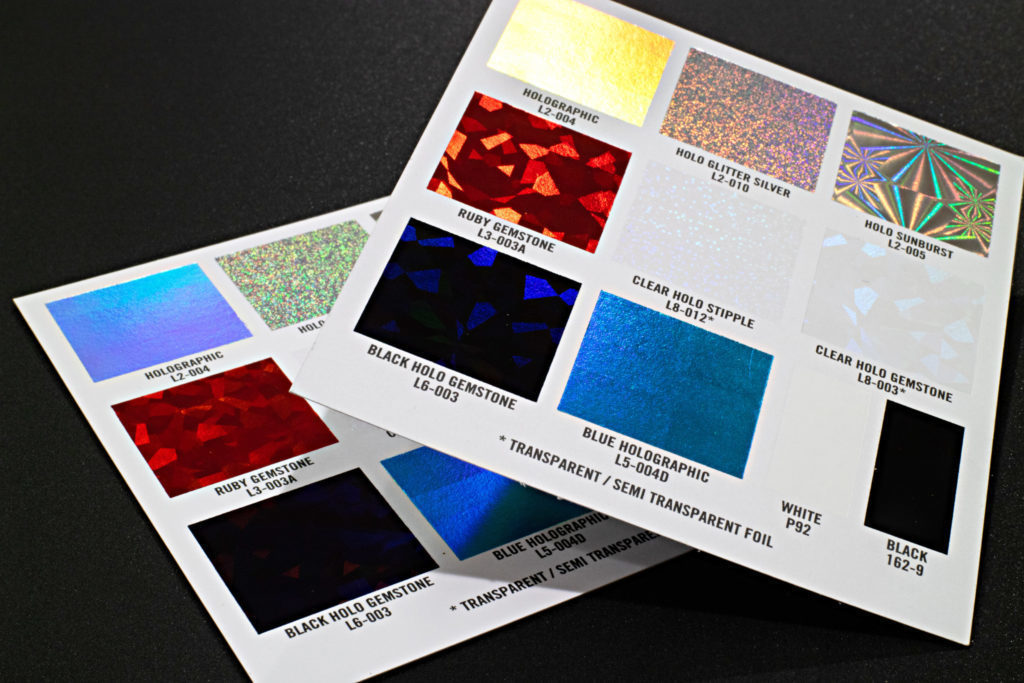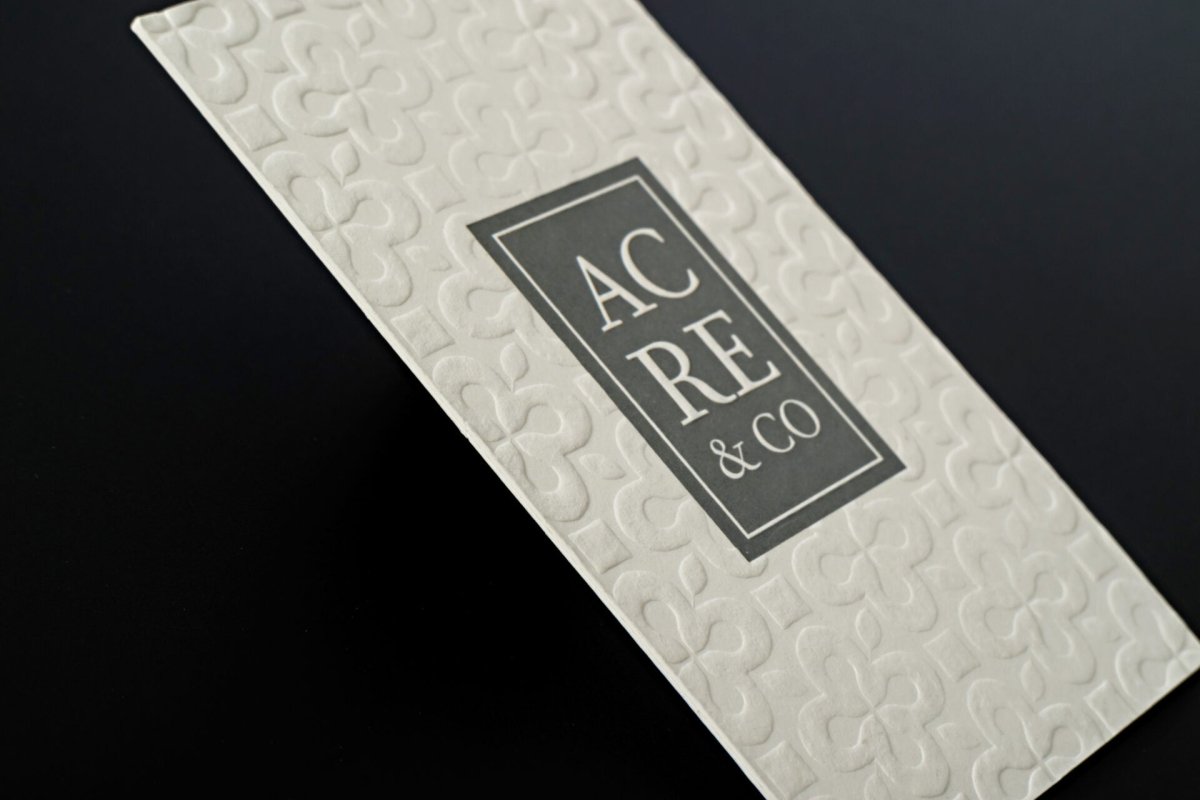
Top 10 Art Movements Every Art Student Should Know
Print PeppermintShare
As an art student, you should focus on being creative and keeping your mind open by threading upon those waters that are still unknown to you. Do not feel stuck with a single art movement only because you seem to be the best at it but take your time to explore different techniques and learn more about the history of art.
It will help you to keep things innovative and leave your comfort zone at least once in a while. You must go through an emotional boost to learn and perceive challenges because only then will you be able to push yourself forward and create new beautiful things.
The world of art has seen countless movements, each with its distinct style and influence. Throughout history, artists have come together to form movements that have pushed the boundaries of art, reflecting the socio-political environment and changing the way we perceive the world around us.
As an art student, understanding these movements is essential to grasp the evolution of artistic expression and the context in which it developed. However, delving into these complex topics can sometimes be daunting.
That's where platforms like TopEssayWriting.org come in handy, offering insights and resources to assist in comprehending these intricate Art subjects for research papers. Here's a brief overview of ten art movements that have left an indelible mark on the art world:
Impressionism
.

As you might already know, it is one of the art movements that received the majority of criticism, especially in the nineteenth century. Hailing from France, it is the art of freedom where you have to capture the very first idea or impression you have. While focusing on landscapes and daily life portrayal, it always held true to the carpe diem status. The current representatives of impressionism, though, mostly deal with the light strokes and the fragility of time.
Abstract Expressionism

Dating back to the 1930s, it has a long history of a mixture of different cultures and the presence of uncertainty in the air. The artists that belong to this particular art movement have included many anti-abstract depiction techniques with roots in European Modernism.
It has also influenced Cubism and many other similar art techniques. Largely psychological and influential in nature, this style has also influenced Surrealism, which gave birth to modern digital art.
Abstract Expressionism can be easily compared to studies of Carl Jung and the use of human character archetypes.
Fauvism

Partially belonging to the modern art movements, it has a long history of being inspired by the likes of Vincent van Gogh and Georges Seurat, among others.
Although many consider it to be a short-lived art phenomenon, this particular movement is currently going through a new revival. Fauvism has also paved the way for abstraction that many artists who work with graffiti have implemented since the use of flat forms is more common than three-dimensional solutions.
The intensity of colors and impulsive layer techniques also contribute to the style’s unique touch.
Pointillism.

If you have not heard or checked this amazing painting technique in the past, you should definitely take time to explore it. Starting in the middle 1880s in the suburbs of Paris, it was a totally different approach to being an artist.
It is even safe to say that Pointillism takes a scientific approach with its effort to capture the very essence of the movement. Think about Seurat or Signac as prominent examples, along with Picasso and Kandinsky at the very start of their respective artistic careers.
Do not forget to explore the use of various hues and how they work together as you study this art movement!
Dadaism

While not the most popular art movement, art students should not ignore the Dada style as it has been quite influential during the First World War.
It was a protest art movement that paved the way for many avant-garde styles like Futurism or Constructivism and can be found in the art and architecture of major cities worldwide, from Berlin to New York.
It also touched a little on Cubism, as many different styles have been implemented for the same art piece.
Dada artists did not limit themselves to painting alone as they wrote poetry and staged different performances with satire and a constant mockery of nationalistic and capitalistic views of the time.
Pop Art.

First encountered during the early 1950s, it is the mixture of symbolism and the strong use of imagery borrowed from mass media sources and, as the name implies, pop culture.
It has been quite influential and brought some controversy regarding intellectual property. It rejects any cultural hierarchy or any rules. The most prominent example of such a violation of rules is the personality of Andy Warhol and the use of images taken from all possible sources.
It is quite popular in business circles as it influences artists all over the world. Take your time to study this style and many famous music album covers!
Minimalism.

While most people think that it is all about simplicity, it can become more complex than it initially seems. It is all about the beauty of the objects and the use of different colors to create something with a deep meaning.
The artists who follow and pursue this art movement believe in harmony and honesty as they try to express it in various fields of life.
You can see the examples in architecture, music, and basically anywhere as it does not try to achieve something out of the ordinary or showcase reality.
Basically, what you can see is precisely what it is!
Surrealism

It is one of the most popular art movements that you can encounter basically anywhere these days.
The use of diverse techniques makes Surrealism quite practical for any modern student, as one can see influences from styles like Cubism and the wealth of Dadaism.
It also takes a deeper look into the human being and goes beyond what can be seen right away. If you want to access something beyond reality, this style is your cup of tea, as it makes people think beyond the box and let their imagination and creativity flow freely.
It is also a popular art movement that is used in fantasy and children’s literature to depict imaginative objects.
Symbolism

While anything can become symbolic in the world of arts, it is a unique art movement that you should explore as a student majoring in the field of Arts.
The main artistic objective of this style is to express certain ideas or one's vision with the help of symbols. These include animate or inanimate objects, different forms, shapes, and colors.
It is not always done literally! It often has a positive effect and touches upon important subjects.
The modern use of symbolism can be found in various business logos, brands, advertisements, and marketing depictions that have eagles, snakes, apples, white doves, and many other symbolic objects.
Cubism

Cubism has been quite popular as a cultural trend and an art form during the 20th century. It also became an important foundation for many related abstract art movements.
Cubism's main purpose is to use a particular subject where you can try and break down the composition. Starting with abstraction and various methods, one can combine Western creative techniques and even Asian school strokes to showcase the perspective.
Famous examples to consider include Pablo Picasso and Georges Braque, who have made this style famous and helped change our attitude to landscapes.
Digital Art and Neutral Networks
While belonging to popular art movements these days, this one is a bit tricky because we are dealing with an art form that is fueled by artificial intelligence. A mixture of clever algorithms helps to create paintings and odd creations based on neural networks and guidance that we share with the machine.
Does it still represent an art form?
The short answer is "yes" because it still takes a human being to guide the software and add a final touch. Still, things are more complex than that because AI-based tools alone often take away from our creativity, analysis, and hard work.

Depending on how you perceive things, it is quite easy to draw a clear line between something that you can draw with a pencil and a software-generated painting with the addition of fairytale creatures or objects that have not been there in the first place.
Nevertheless, it is still an art form because it stirs creativity and allows us to do things that have been unthought before. As long as it boosts imagination and allows people to express their feelings, it can and should be considered an art form.
Of course, we should not forget about our art techniques and the human touch to let the past create the future!
BIO
Brandon Metcalfe loves exploring various art movements and innovations that can be helpful for the field of education. As a business consultant, entrepreneur, and analyst, he loves to write and explore the best ways to help students learn. Follow Brandon to find inspiration and let creativity and art help you achieve success.


